Weigh-More Solutions (Australia) - Commercial Applications and Benefits of Weighbridges.
Weighbridges:
Are you looking to purchase a weighbridge? Here are just a few of the common applications and benefits of owning a commercial weighbridge.
Weighbridges seem a simple enough concept. It appears to be quite self-explanatory – a bridge that weighs things.
So, it may seem condescending to ask, ‘what’s a weighbridge?’, but quite the contrary!
Weighbridge owners and users can lose vast sums of money due to inaccurate scales. Knowing more about the function of a weighbridge, its uses, and benefits could save companies getting into terrible legal trouble and losing a great deal of money.
Let’s explore the topic of weighbridges in more detail…
What’s a Weighbridge?
Imagine a humongous bathroom scale; this forms the basic idea behind a weighbridge.
Weighbridges are built with a commercial purpose: to weigh large industrial vehicles and their contents. Hence, they are generally known as ‘truck’ scales across the US, but ‘weighbridges’ here in Australia.
Generally, weighbridges are made out of concrete or steel and connected to an advanced electronic measurement device. The weighing device accurately measures the weight of the vehicle’s contents. Such devices have a ‘transducer’ at the front end, a sensor which converts pressure to voltage for the electronics to read.
Calibration:
The accuracy and reliability of any weighbridge system is extremely important. Not only can inaccurate scales impact profit, but businesses can get into a heap of legal issues too. Over time, the accuracy of any electronic device drifts and so periodic re-calibration is essential.
If a weighbridge provides an inaccurate reading, then inevitably incorrectly measured vehicles can be dispatched by the operators’ which can result in breach of several local laws. Needless to say, this can put weighbridge operators and others at risk of financial loss
So, what’s the answer? – Regular, scheduled calibration.
Calibration allows you to have confidence that your weighbridge is giving precise readings at all times and that disputes will be avoided. Calibration exercises generally make us of a standard weight or range of weights (not all transducers are linear, and it may be necessary to weigh across a range of weights).
Discovering any discrepancy within the scales is essential. For instance, a weighbridge with a 6% error could be 60kg over or under when a 1-tonne weight is placed on it. 60-kg.
This may seem trivial, but when a 10-tonne weight is on the weighbridge, it’ll have a 600kg discrepancy. Accuracy requirements for weighbridges are specified by government regulators, but the requirement for accuracy is not just required for meeting requirements – it is also needede to avoid economic loss to suppliers and buyers of bulk shipped goods.
Make sure that when your weighbridge is calibrated, your supplier has a qualified and trained technician who can provide calibration services to ensure each weigh-in will be accurate over the inter-calibration period, that he is supplied with the appropriate accuracy standards and that you have a warranty for the calibration.
Why’s There a Need for Weighbridges?
You may be asking yourself, can’t we weigh the material in the vehicles separately? The short answer is no. We need weighbridges to weigh materials at various check points in transit, as well as at origin and destination.
How Does it the Measurement Process Work?
Each vehicle needs to be weighed at least twice. A truck will mount onto the weighbridge loaded and then weighed again once emptied at the destination. An error limit is set by the calibration limits. For instance if each weighbridge has a +/- 1% error tolerance, then the total error allowance must be +/- 2% although it is possible to assign a maximum error using a more sophisticated calculation.
This difference between the two measurements provides a weight for the material transported. The load cells (transducers) measure the mass of the load when the ruck is on top of the weighbridge.
Software such as Weigh-More’s EZYWeigh V6 at Weigh More Solutions can be used to self operate many processes involved in weighbridge data collection. This makes the experience very efficient as it reduces the amount of time per user on the weighbridge itself!
Commercial Uses of Weighbridges:
From a commercial viewpoint, weighbridges give companies a safe and accurate way of measuring the weight of a load on a large vehicle. This helps to ensure the correct payments are made.
A weighbridge is an essential piece of equipment for businesses to control and reduce transport losses. Weighbridges are also used commercially to measure the weight of industrial vehicles as required.
Finally, weighbridges help you to avoid financial and legal penalties; they can show whether a vehicle is unsafe on public roads by identifying an unbalanced axle weight.
Government officials ensure vehicles are keeping to the regulations and use weighbridges to establish whether a truck is overloaded.
So, which industries use weighbridges?
Below are a few of the many industries that utilize weighbridges:
- Mining
- Quarries
- Electrical equipment
- Iron
- Steel
- Liquid industry
- Powder industry
- Metal
- Waste
- Forestry
- Agriculture
- Construction
…Just to name a few!
Types of Weighbridge:
There are various types of weighbridges, but these are the most common ones:
- Above Ground Weighbridges – require a lot of surface area.
- Semi Pit Weighbridges- are ground level. A ramp is not needed.
- In-Ground Weighbridges – Here, the scales are embedded into the ground itself.
- In-Ground Weighbridges – these scales are mobile, so they can be portable to several sites.
You decide which weighbridge you want based on various factors like cost, ground space, and purpose.
The Advantages of Weighbridges:
These are four universal benefits of using weighbridges:
Firstly, they enhance productivity. Utilizing a weighbridge is an efficient way of checking the weight. The process is quick, which stops drivers from waiting around unnecessarily.
They instantly notify you if a vehicle is overloaded. Weighbridges prevent overloaded cars from driving onto the roads; you are immediately protected from potential infringements. Weighbridges help to enforce compliance with the rules.
With a good weighbridge, you get access to extensive reporting as data is recorded automatically and stored securely. This could be useful if needed to be referred to at a later date.
Lastly, they’re cost-effective. Implementing a weighbridge has minimal expenses.
By Keith Rowley.






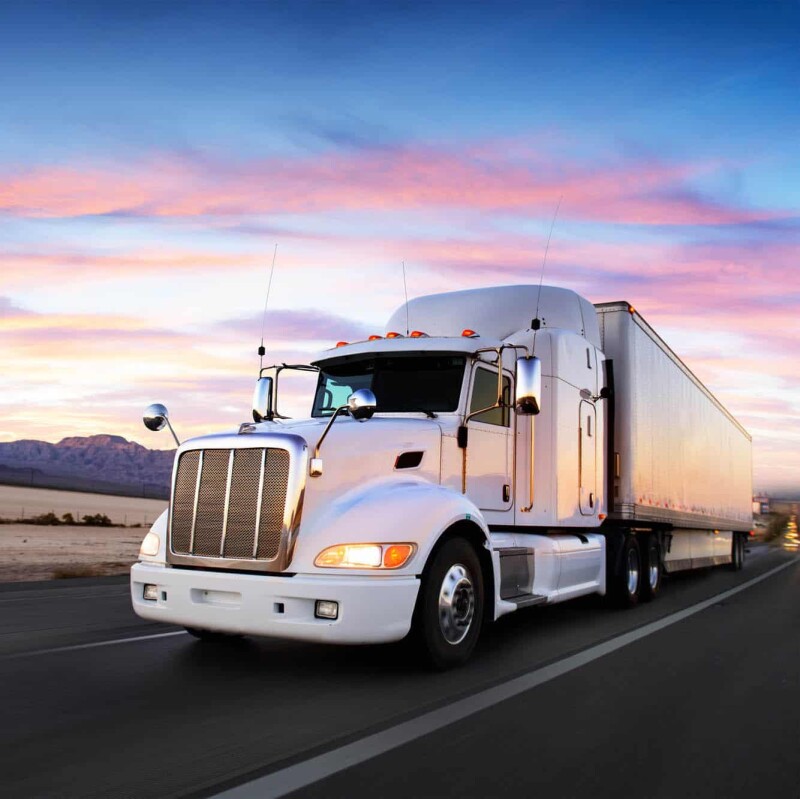
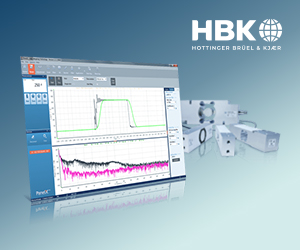



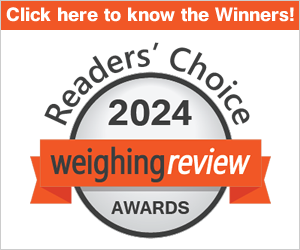

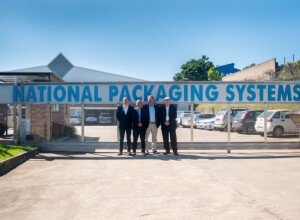
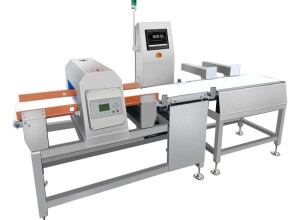
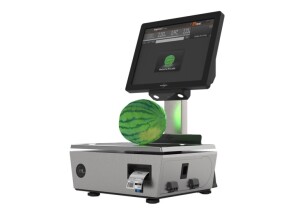


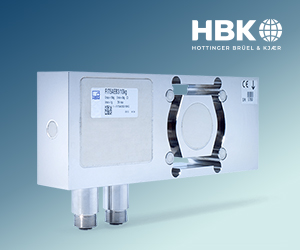

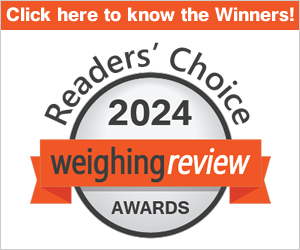

Interested? Submit your enquiry using the form below:
Only available for registered users. Sign In to your account or register here.